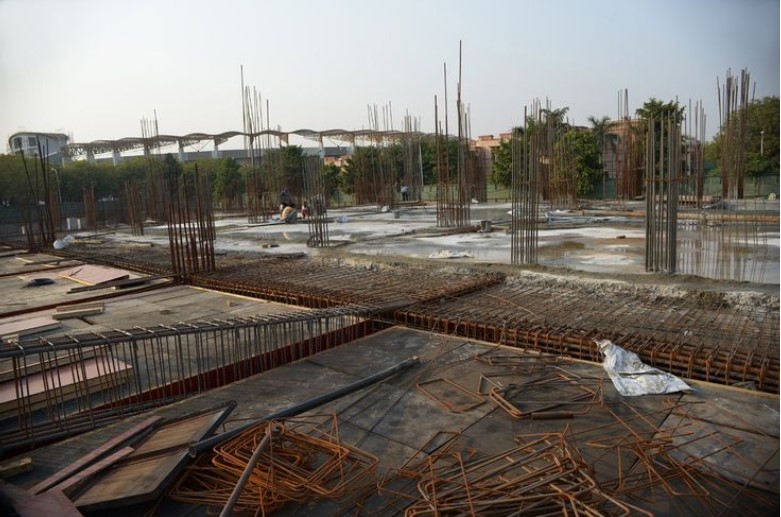Maintaining buildings in busy cities isn’t just about fixing what’s broken. It’s about ensuring comfort, functionality, and longevity while adapting to changing needs. Urban environments present unique challenges—limited space, high usage rates, pollution, and evolving design expectations. That’s why adopting best practices in building upkeep matters more than ever. From the rooftop to the basement, each detail contributes to a structure’s overall performance and appeal.
Prioritizing General Building Maintenance for Long-Term Efficiency
General building maintenance includes routine inspections, repairs, and upgrades to essential systems like HVAC, plumbing, electrical, and structural elements. These tasks prevent small issues from becoming expensive problems. In urban settings, regular upkeep also ensures compliance with city regulations and tenant expectations.
Whether it’s tightening loose railings, cleaning gutters, or checking for water intrusion, consistent maintenance supports safety and keeps properties looking professional. When building managers create a regular maintenance schedule, they reduce downtime and enhance property value. That’s the true power of effective general building maintenance.
Updating Kitchens with Durable Quartz Slabs
Urban buildings often feature compact but stylish kitchens that endure daily wear. One impactful update involves replacing aging countertops with quartz slabs. Quartz is non-porous, resistant to stains, and adds a modern, clean finish. It’s a smart investment that enhances both the aesthetic and functional appeal of kitchens in apartments or shared facilities.
Unlike natural stone, quartz doesn’t require sealing, making it ideal for maintenance-conscious properties. By choosing a material that’s easy to clean and incredibly tough, property owners ensure that high-use areas stay fresh-looking for years. It’s one of the simplest upgrades that delivers long-term value with minimal upkeep.
Maintaining Exterior Features as Part of General Building Maintenance
The outside of a building speaks volumes about what’s inside. Peeling paint, damaged siding, or dirty windows reflect poorly on the entire property. Including these elements in a broader general building maintenance strategy is essential. Addressing exterior wear quickly protects the building envelope and prevents structural issues.
Power washing, resealing surfaces, and checking drainage systems go a long way in keeping urban buildings looking sharp and staying sound. In high-traffic areas, it’s also important to maintain signage, entryways, and lighting to ensure a welcoming and safe environment. Proactive exterior care plays a key role in overall building health.
Enhancing Value with Garden Room Extensions
City life can feel cramped, but creative design can solve that. Adding garden room extensions is an excellent way to increase usable space without disrupting the core layout. These bright, multipurpose rooms can serve as home offices, guest suites, or relaxation zones.
Beyond aesthetics, they offer practical benefits like natural light and improved ventilation. Installing garden room extensions also increases property value and tenant satisfaction. When designed with energy-efficient materials, they become a low-maintenance asset that contributes to the overall livability of the building.
Scheduling Inspections to Support General Building Maintenance
Routine inspections are the backbone of any successful general building maintenance program. Identifying early signs of wear, especially in structural or mechanical systems, allows teams to act before problems escalate. Regular checks also help track the effectiveness of past repairs and plan for future improvements.
Urban buildings, in particular, face constant stress—from environmental pollutants to high occupancy rates. Scheduling quarterly or biannual inspections ensures nothing slips through the cracks.
Conclusion
Urban buildings demand smart, responsive care. General building maintenance isn’t a one-time fix—it’s an ongoing commitment to quality, safety, and comfort. Whether it’s installing quartz slabs in kitchens, extending living areas with garden rooms, or inspecting essential systems regularly, every decision counts.

